Books of landscape photography are, almost without exception, beautiful.
Sometimes, the books are beautiful in the classical sense – leafy and shadowed forests, soft and inviting skies, open prairies, or fog-dappled hills. Sometimes, the beauty is more dramatic – frozen vistas of arctic or Antarctic plains, deserts, and scenes of harsh and complicated places to live. And sometimes the beauty is revealed by its opposite – landscapes that have been destroyed and, ever present in our mind as we look at them, filled with the memory of what they used to be and what they could be again.
“Riverscape” by Kristel Schneider
Self-published, 2023
review by W. Scott Olsen
We come to landscape photography for a sense of connectedness, sometimes rejuvenation, always a sense of necessity and beauty and intimacy with the planet that carries us through the universe.
But a particular challenge for landscape photographers is how to find the story in the landscape. Not so much the story of the landscape (although that’s certainly there, too), but the story in the landscape. Beyond geology and geography and topography and watersheds and continental plates, there is the story that is as individual and idiosyncratic as the artist who approaches it. In books of landscape photography, two people standing on the same rock will have entirely different interpretations. While both should be unique efforts toward photographing beauty, the very best landscape photography is an effort toward articulating a personal response.
I’m thinking about this because I have on my desk today a book by Kristel Schneider called Riverscape. This is a book about the Allier river in France, which the book’s cover describes as one of Europe’s last great untamed rivers. The book is tremendously beautiful. It is also illuminating and important.
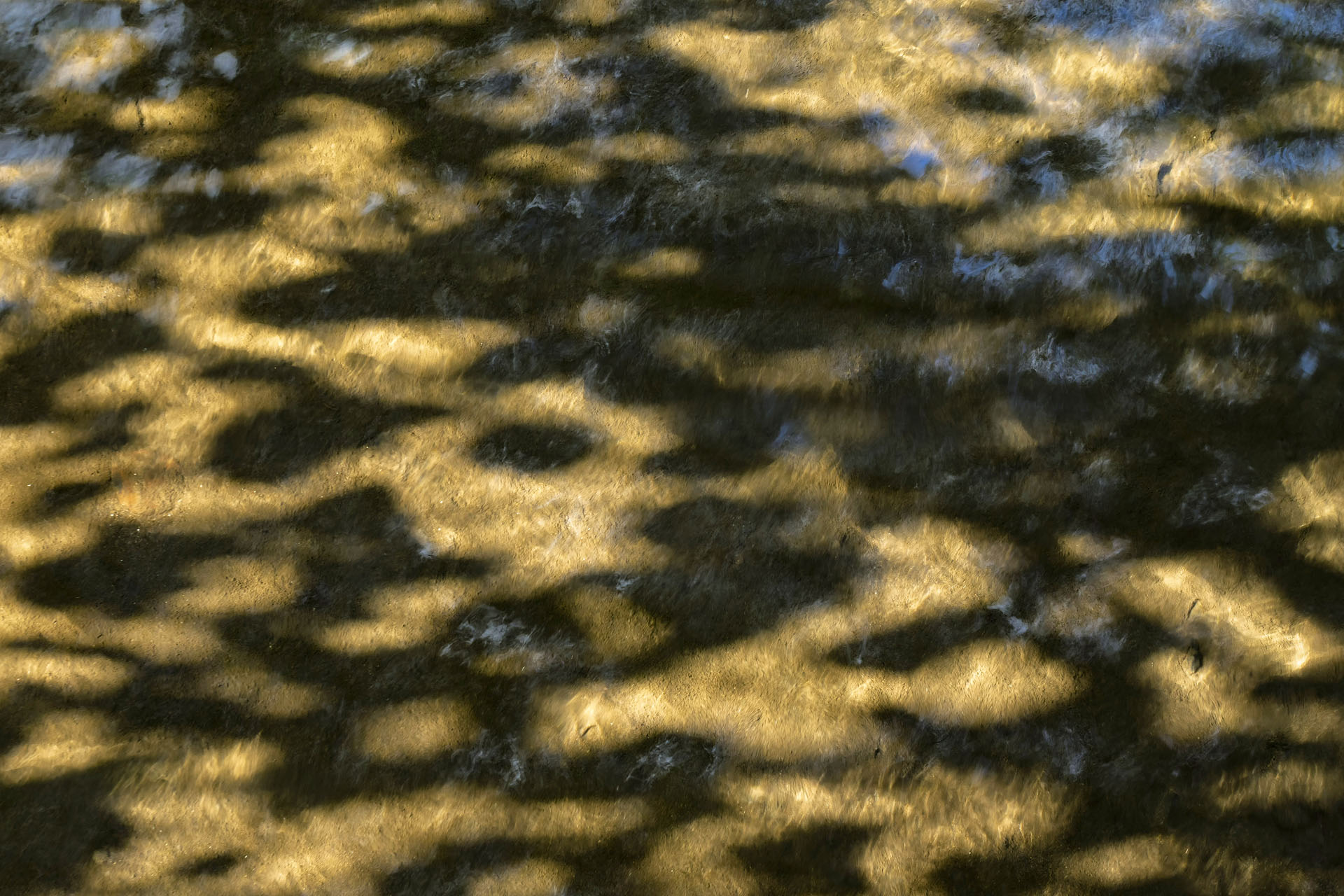
The book is divided into several sections, both in terms of text and image. The opening section, an introduction by Estelle Cournez, Director of the Allier Conservatory of Natural Spaces, describes the river. (All the text, by the way, is in both English and French, presented attractively on opposite pages.) Cournez’s introduction is not as much an appreciation of Schneider’s work as the reason for it. She writes:
Discovering the River Allier through a succession of maps and aerial photographs over time is fascinating. These make it possible to recognize the particularities of this great river, regarded as one of the last wild rivers in Western Europe. We can thereby observe the constant changes in its course, as it wanders through the alluvial plain on its way downstream from Brioude and the Bec d’Allier meandering in a vast space of freedom.
Freedom, this term fully describes this natural space, indomitable and still preserved. It also describes the feeling one when gets when in contact with this river, which the generations that have succeeded one another on its banks for centuries have never managed or actually wanted to confine.
…Taking the time to stroll along the banks of the Allier, in the wildest areas, is for me a great source of happiness and rejuvenation.
…The Allier shakes up our bearings. From the collective imagination that imposes on all of us the image of a river reduced to a frozen, channeled blue ribbon, the Allier illustrates what a wild, mobile river is. It cannot be detached from the mosaic of natural environments or backwaters that line its banks, multitudes of ecosystems tangled around a fascinating and “moving” river.
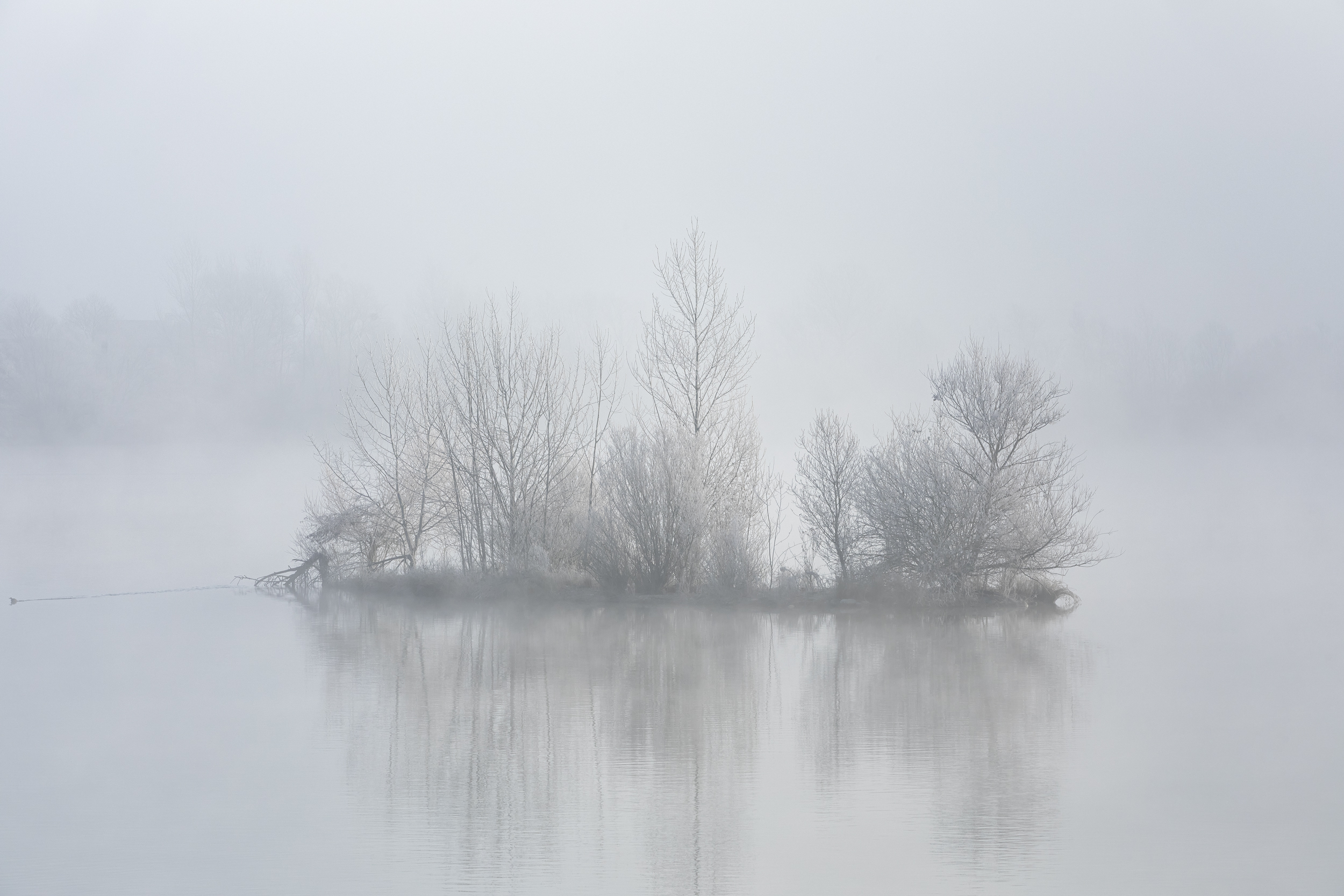
After this preface, the book moves into its first photographic section, titled Upper Course (Cours Supérieur). The images are rich but not overdone in color, showing deep forests in autumn colors, rocky banks, both swift and still water, and a river of mountains and hills. Schneider’s work includes both long shots from some distance and up-close images of swirls and eddies, small waterfalls and rushes, some long exposures, and some short. Her images are adroit at capturing the mood and the atmosphere of being on this waterway in its upper reaches. Sometimes, the images are presented separately on the left and right pages. sometimes, their full spreads across the book’s gutter. There are images of reflections, blurry and evocative, and there are images crystal sharp.
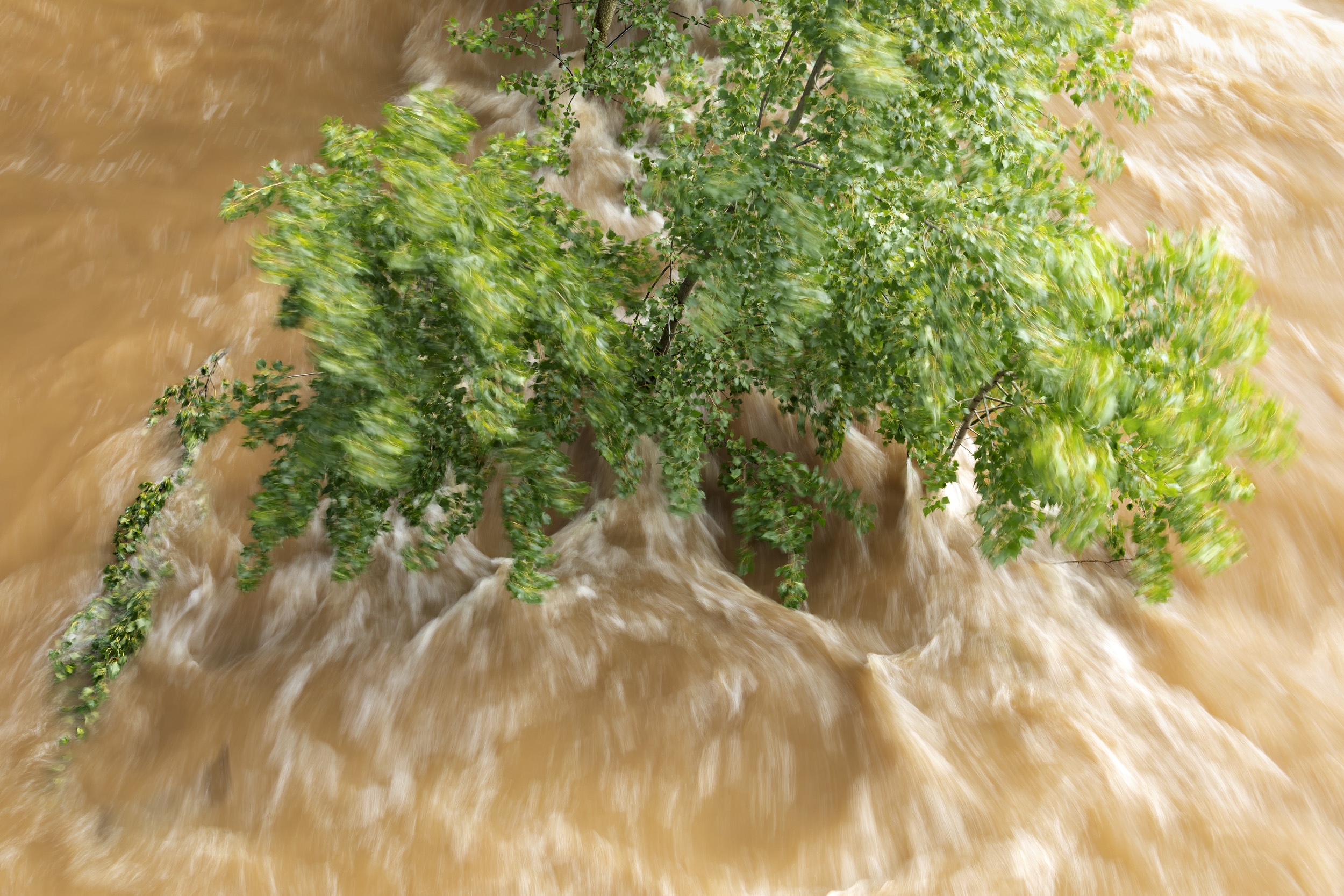
In other words, Schneider is not imposing a template or style upon the river. Instead, she seems to be asking the river for its more authentic sense of a complete self. I get the sense, going through this section, of actually traveling down the river. Not in the kind of personal narrative where the subject really is the artist or the author in a moving landscape. Here, the subject is insistently and profoundly the character of the river as it morphs, as it changes, as it flows towards the Loire.
After the upper course, Schneider offers her own bit of text, the story of the way she came upon the project and how she approached it. We learn the river is local to her, about the interruption of COVID, and then her decision to make music an integral part of her project. She writes:
The river is a big source of inspiration for me…I have spent countless hours observing the water movements allowing nature to dictate the rhythm of the flow. The experience is both mesmerizing and calming, yet also awakening a sense of excitement within me…Being an intuitive photographer, I let these surroundings inspire me to create intimae work that evokes particular feelings.
For the images in this book I visited the river Allier many times, some areas multiple times. These return visits were sometimes surprising when spring flooding had swept away vegetation from higher elevations, making it impossible to regain access to my previously visited location…Because of the unpredictable hydrology, diverse ecosystems and elevations that the river crosses these views so often astonished me.

The book proceeds into a section called Middle Course (Cours Moyen), the center section of the river, and jumps into wintertime. Snow-covered branches dip into the water, fog rests on islands set in the middle of the stream, and hoarfrost hangs on trees and bushes.
Again, we have some long shots and a good many close-ups. Again, we have sharp and blurred reflections. And again, we have a deep, rewarding dive into the character of the mood of this river. This is followed by the next section called Flooding (En Crue), which is about the river in flood season and gives voice to the kinetic energy of water.

Riverscape, however, has an element that is unusual for photobooks – there is a musical score composed specifically for the project. Schneider contacted Italian composer and musician Fabrizio Paterlini, who describes his music as a glass of red wine on a summer evening and suggested a type of duet. A book by herself and a vinyl record and CD by Paterlini. She says:
To emphasize these emotions, I realized that music had a significant role to play in “Riverscape”. As soon as I hear the opening notes of a familiar melody, it brings me back to a specific memory, image, or emotion. This is what music and photography do to me; they both evoke feelings. Though they appeal to different senses, they both guide me through a storyline.
Paterlini, the Italian composer who describes his music as a glass of red wine on a summer evening, authors his own section of Riverscape. Thinking about his own river in Italy, he writes:
The river carries stories and is a continuous source of inspiration. Its constant and relentless rhythm, its sounds, the sudden changes in the watercourse – all elements I hold dear in my compositions…[Schneider] suggested that I compose a sort of soundtrack having the river theme and her work as a source of inspiration. I eagerly accepted.
The music (what bits of it I have heard) is ethereal, quiet, evocative and deep-reaching. A YouTube video shows Paterlini playing the piano in front of a screen showing Schneider’s work, and I would have watched for hours.
The final photographic section of the book, not surprisingly, is called Lower Course (Cours Inférieur). Here, the river is still insistently beautiful, yet calmer than the other two. Here, the river is more spread out, although there are quiet corners as well. The feeling is not so much that a journey is ending as it is a journey is completed. Engaging with this book from start to finish, in order, I felt as if I had accomplished a goal I didn’t know I had—to travel the length of a compelling and mysterious river.
Even though I’ve gone through Riverscape, I would still have to go to a map to tell you where it is. There are no maps in the book. It’s impossible to tell where the specific sections actually are in France. But that’s not the point. Instead of where it is, I can tell you what it’s like, specifically for Kristel Schneider. I can tell you that the river is important and beautiful. Vibrant, flowing, deeply personal, and essential.
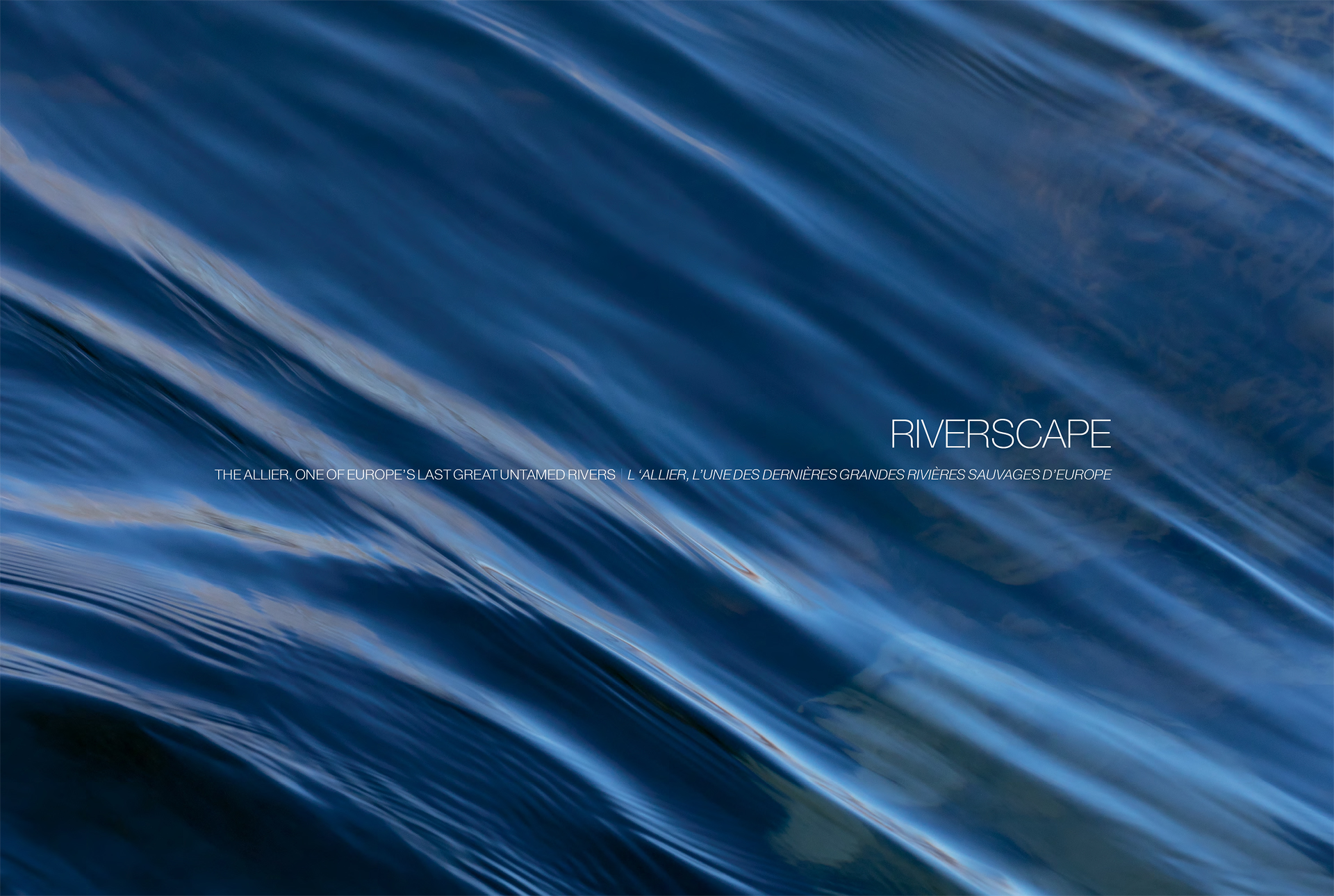
A note from FRAMES: Please let us know if you have a forthcoming or recently published photography book.

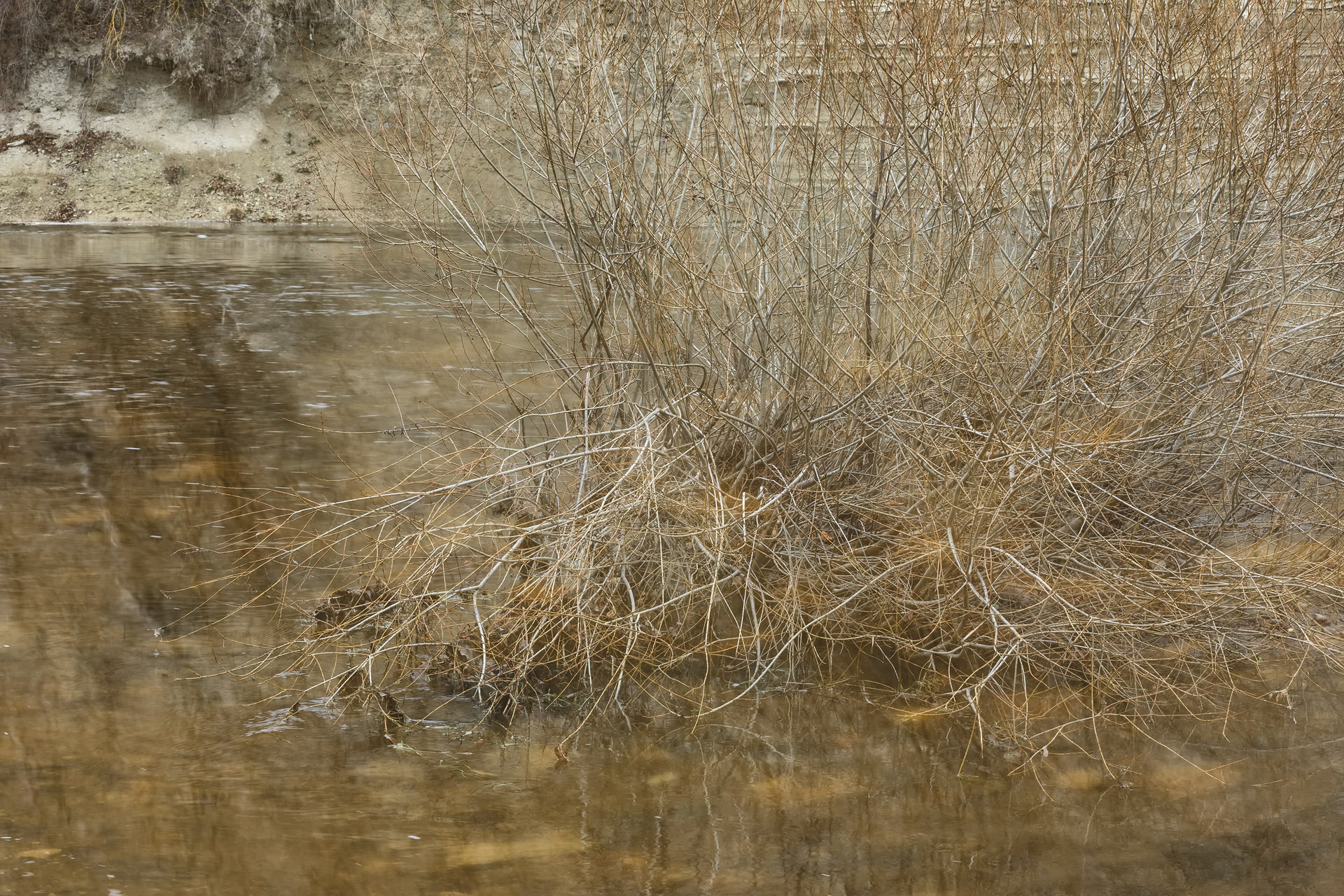

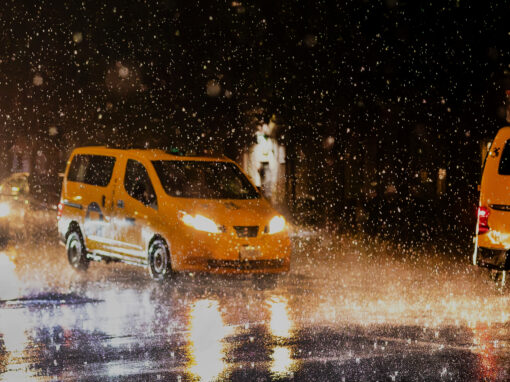
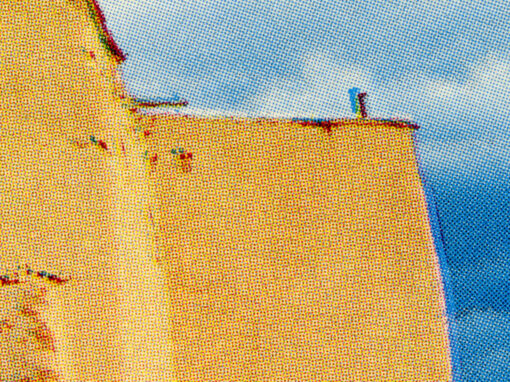
David Mark
February 19, 2024 at 17:25
And from 8 Nov 2024 until mid-Jan 2025 we’ll be showing Kristel Schneider at Taunus Foto Galerie in Bad Homburg. Come along!